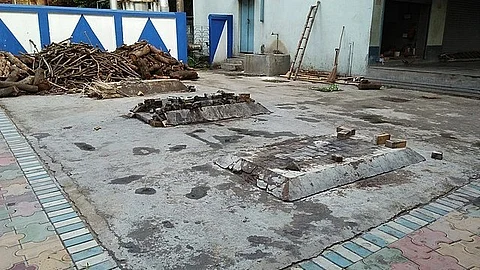In Nagpur, the rise in levels of air pollution caused by crematoriums impacts the health of the residents in the city. According to CFSD (Centre for Sustainable Development), 60% of crematoriums in the city lack chimneys, leading to air pollution in the residential areas of the city.
Buddhe, the Director of CFSD, said that according to the study, around 77% of residents are living around 500 meters from the crematorium, and schools and hospitals are located 1 km from the crematorium, which poses a great risk to children and elderly people.
People in the residential area reported health issues like burning of the eyes, irritation of the throat, and continuous coughing due to the polluted air from the crematorium.
A health survey has been advised by CFSD to collect information about the health status of the 815 residents living near the crematorium.
The city also received sufficient funds from the central government to improve the air quality. According to the NMC executive engineer, NMC works on providing chimneys to the crematorium in a phase-wise manner, in which Rs. 1.6 crore will be spent for crematoriums in Mokshadham, Gangabai, and Manewada under phase 1.


